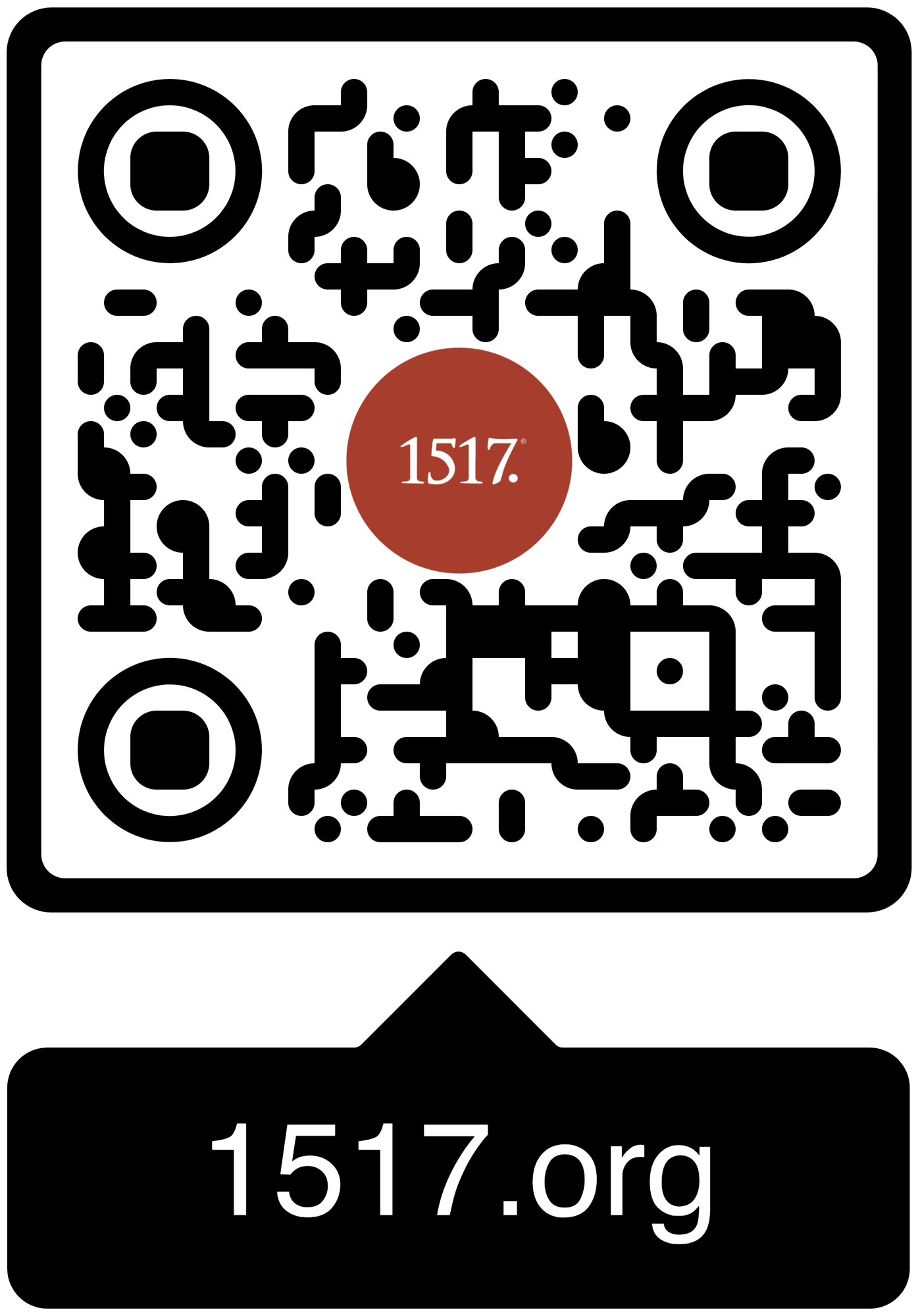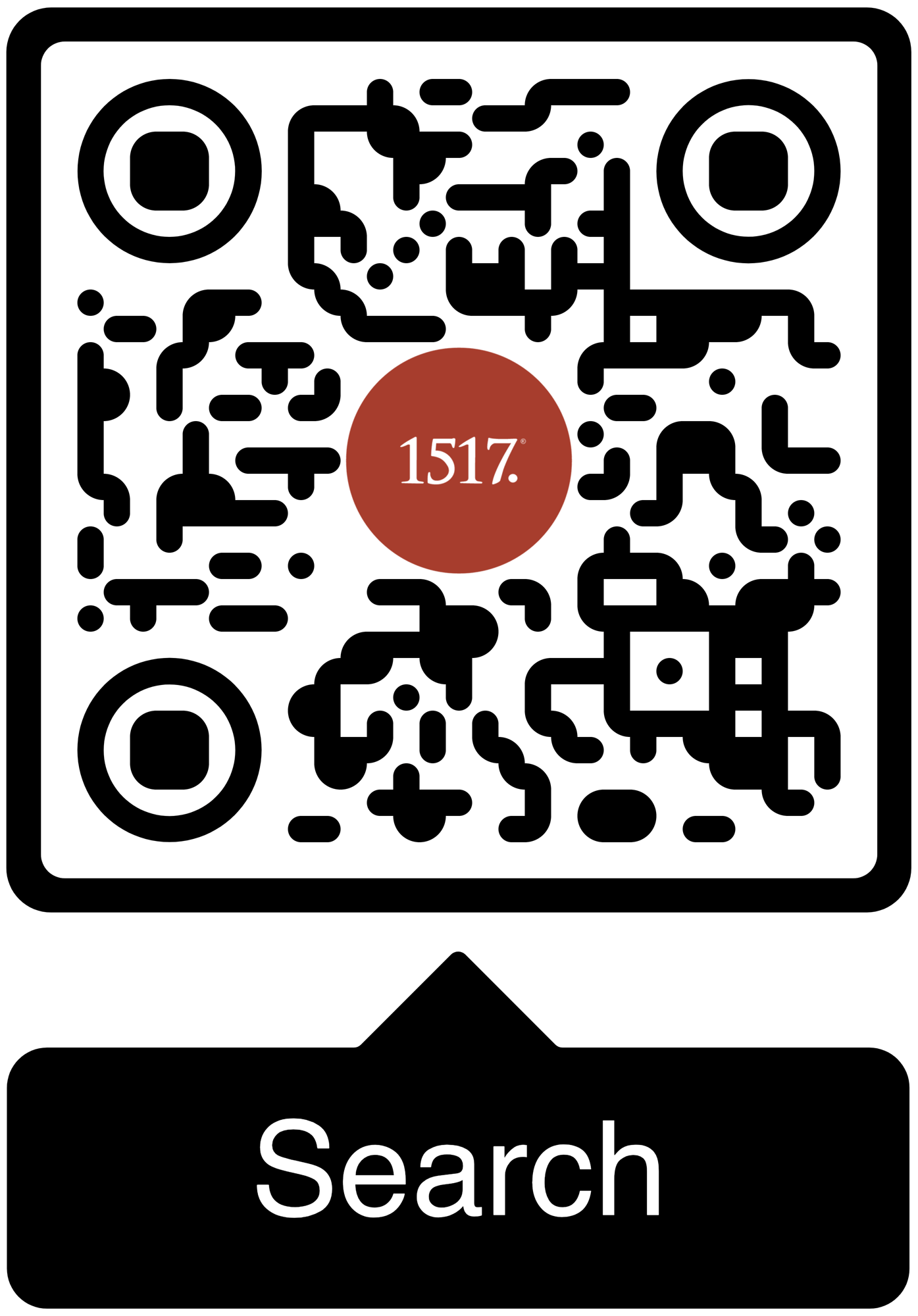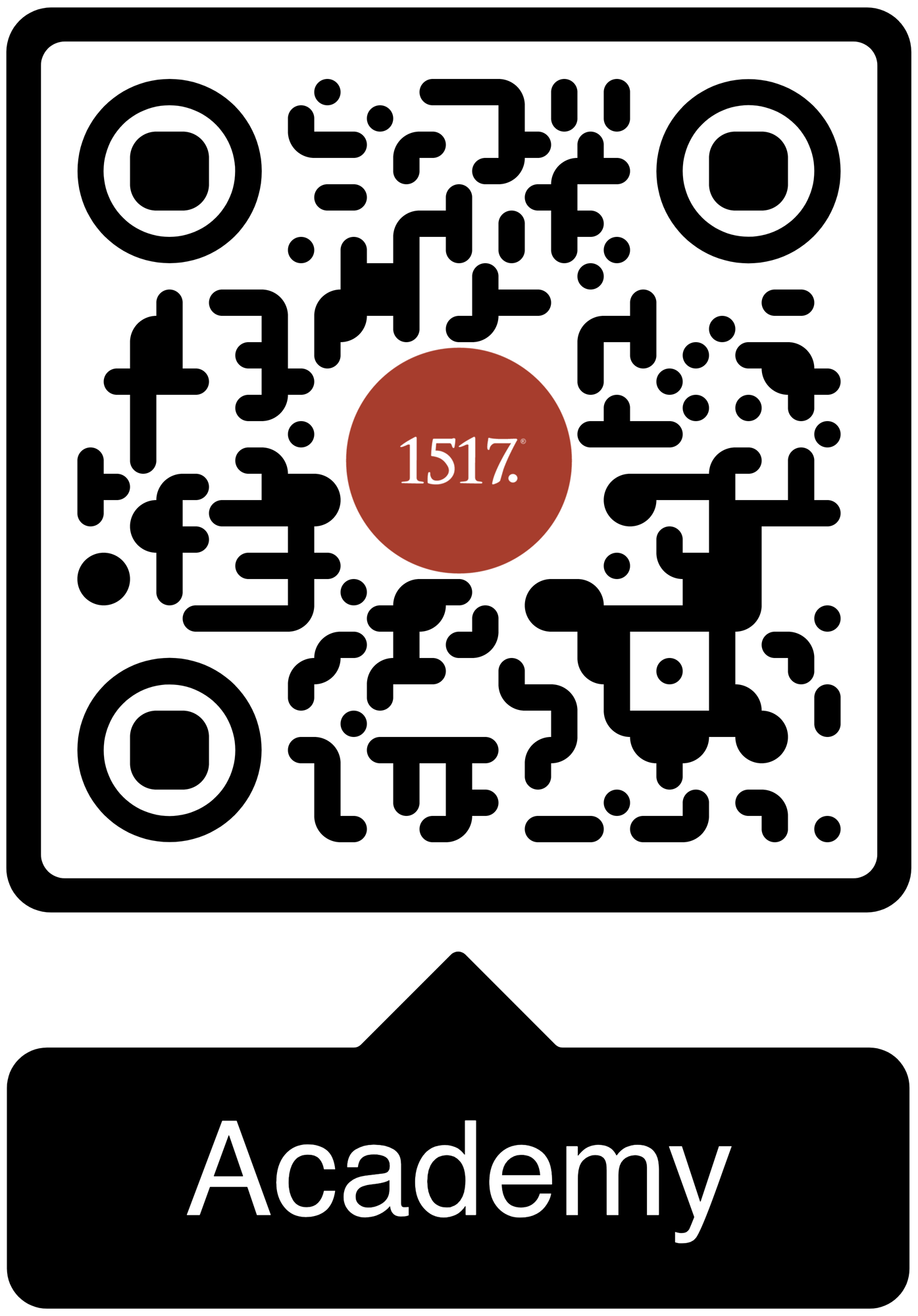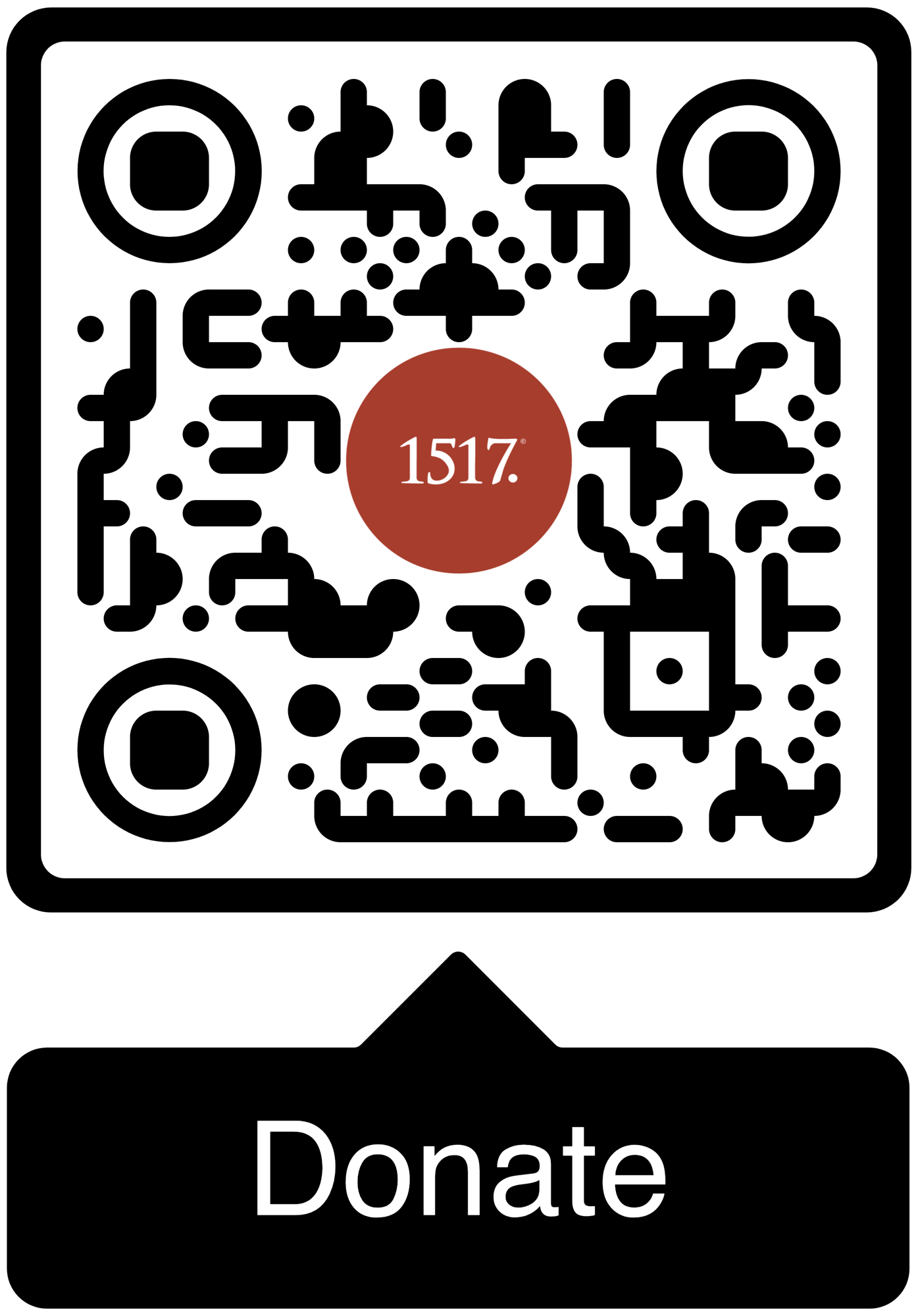The Solas are not just doctrinal statements. They are the grammar of Christian comfort.
07/29/25
For English speakers, no Reformer comes close to Tyndale in terms of measurable impact.
07/28/25
Christ is your Good Shepherd, and he has given to you eternal life; no one can snatch you from his hand; your salvation is secure and unlost.
All Articles
Author
- All Authors
- 1517 Publishing
- 1517 Staff
- A. A. Just Jr.
- A.J. Vega
- Aaron Boerst
- Adam Francisco
- Adam Stetson
- Amy Mantravadi
- Andrew Foss
- Anthony DiLiberto
- Blake Flattley
- Bob Hiller
- Bob Sundquist
- Bonnie Petroschuk
- Brad Soenksen
- Bradley Gray
- Brandon Hanson
- Brandon Pangman
- Brennan Manning
- Brian W. Thomas
- Bror Erickson
- Bruce Hillman
- C.S. Lewis
- Caleb Keith
- Chad Bird
- Charles E. Fry
- Christopher J. Richmann
- Cindy Koch
- CJ Armstrong
- Craig Donofrio
- Dan Chrismer
- Dan van Voorhis
- Dan Weber
- Daniel Deen
- Daniel Emery Price
- Daniel Stenberg
- David Clay
- David Rufner
- David Schmitt
- Delwyn Campbell
- Dominick Santore
- Donavon Riley
- Edward Killian
- Elyse Fitzpatrick
- Erick Sorensen
- Gage Jordan
- Gerhard Forde
- Grant Klembara
- Greg Koukl
- Gretchen Ronnevik
- Haroldo Camacho
- Hermann Sasse
- Jacob Corzine
- Jacob Smith
- Jake Allstaedt
- Jared C. Wilson
- Jason Lane
- Jason Lang
- Jason Oakland
- Jay Sawrie
- Jeff Mallinson
- Jeffrey Pulse
- Jenifer Mohan
- Jessica Delgado
- Jessica Thompson
- Jim Nestingen
- Joel Fitzpatrick
- Joel Hess
- Joey Goodall
- John Bombaro
- John Bortulin
- John Chrysostom
- John T. Pless
- John W. Hoyum
- John Warwick Montgomery
- Jonathan Ruehs
- Jordan Spina
- Joshua Miller
- Justin Rossow
- Karen Stenberg
- Kathy Morales
- Katie Koplin
- Kelsi Klembara
- Ken Sundet Jones
- Kerri Tom
- Kevin Hale
- Kevin McClain
- Kyle G. Jones
- Larry D. Hughes
- Laura Bauer
- Luke Kjolhaug
- Magnus Persson
- Mariah Coward
- Mark Jasa
- Mark Mattes
- Mark Pierson
- Martin Luther
- Matt Johnson
- Matt Kroelinger
- Matt Popovits
- Michael Berg
- Michael Gibney
- Nicholas Hopman
- Nicholas Kallis
- Norman Nagel
- Paul Dunk
- Paul Koch
- Pete Lange
- Peter Nafzger
- Philip Bartelt
- Preston Sprinkle
- Raleigh Sadler
- Rick Ritchie
- RJ Grunewald
- Robert Farrar Capon
- Robert Kolb
- Rod Rosenbladt
- Roland Ehlke
- Ron Hodel
- Ryan Couch
- Ryan Matthias
- Ryan Stevenson-Cosgrove
- Ryan Tinetti
- Sam Leanza Ortiz
- Sam P. Schuldheisz
- Sarah Crowder
- Scott Davis
- Scott Keith
- Scott Landrum
- Seth Moorman
- Steve Byrnes
- Steve Kruschel
- Steven A. Hein
- Steven Paulson
- StoryMakers NYC
- Tanner Olson
- Tate Barber
- Ted Rosenbladt
- Travis Scholl
- Tyler Cronkright
- Uwe Siemon-Netto
- Valerie Thur
- Wade Johnston
- Walter Hwang
- Wayne Sender
- Zack James Cole
06/07/20
Before the sending is the gathering. Before the gathering is the compassion. Before the compassion is the seeing. And it all starts with a gracious God.
06/07/20
This is the unique love of God. Where does it come from? It does not arise from the qualities of the person who is loved. It simply comes from God Himself.
06/07/20
In worship there is always the movement up which brings one closer to the holiness. The higher up you go, the closer to the presence of God and the closer to holiness.
06/05/20
We discover in the book that all of history is unfolding according to a plan, but the plan is hidden from our typical ways of seeing.
06/03/20
Unlike any mortal legal representative, our divine Attorney does not perform an inquiry to ensure our case is worth taking. He secures no retainer from us prior to advocating for our vindication.
06/01/20
To declare and defend the Good News that we are forgiven and free on account of Christ alone.
05/31/20
Before the Fall the waters were one dimensional—they gave life. After the Fall, another dimension is added. The waters kill/drown and they give life. This becomes the New Testament language of Baptism.
05/31/20
Peter’s monumental sermon on Pentecost declares the kingdom purposes and divine saving work of the Father, Son, and Holy Spirit which culminate in the new world order with Christ in charge, governing in the power of the Spirit.
05/31/20
The Lord, who is with us, retains authority over us. His promise calls for trust and obedience.
05/29/20
Our use–or disuse–of language reveals a deeper need than a bubbly carbonated soda. It highlights a gift given and a gift fallen, and it leaves us thirsting for a gift restored.
05/28/20
To understand the meaning of the Pentecost miracle for the life of a Christian, we must first learn to see it through the lens of the history that came before it.
05/28/20
At the foot of Mt. Sinai, God told Israel how to celebrate Pentecost once they reached the holy land. Generations later, on the day of this Old Testament festival, Christ poured out his Spirit in Jerusalem. What made Pentecost the ideal day for this gift to be given?
1517 is a Christian non-profit (501(c)3) multi-media organization. Our mission is to declare and defend the Good News that we are forgiven and free on account of the death and resurrection of Jesus alone.





1517 grants permission for our free online resources to be printed, photocopied, and otherwise used freely for private and church use. We require that authorship and source (1517.org) are referenced and maintained. These resources may not be sold or included in any publications for sale.


